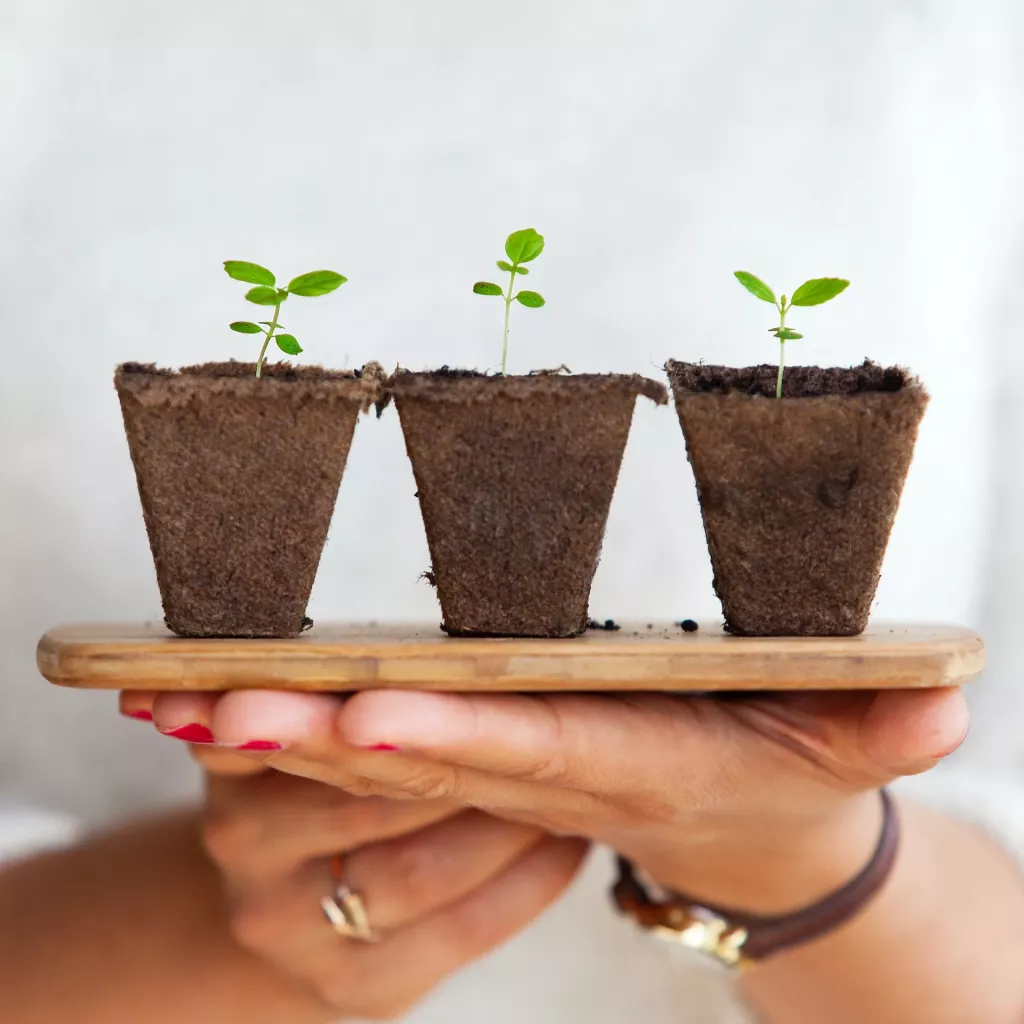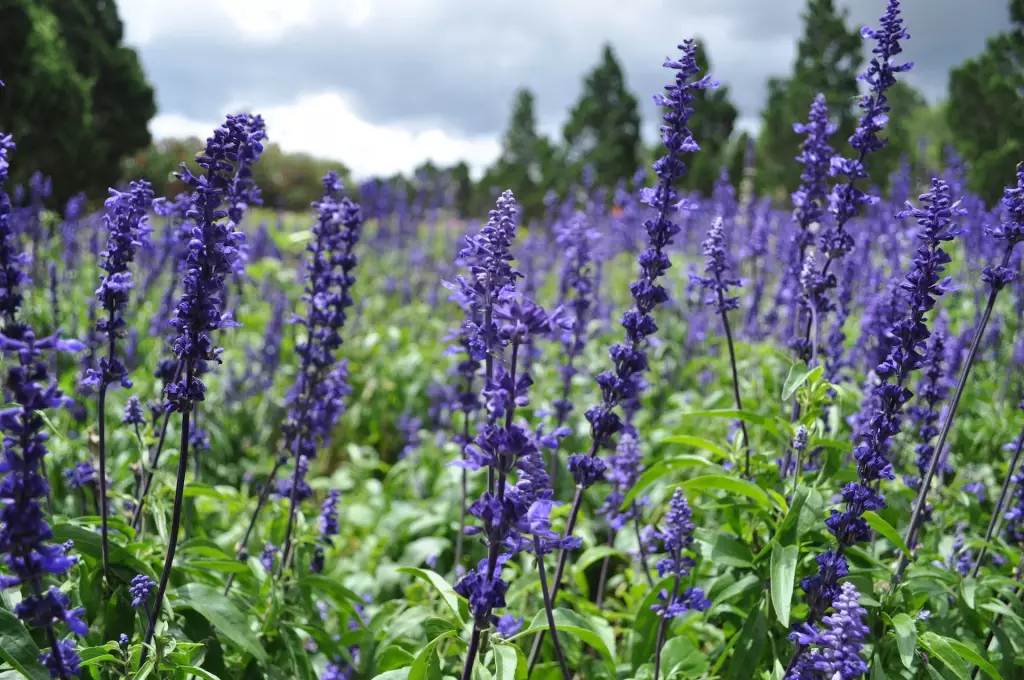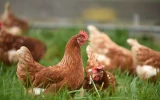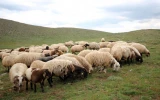7 Most Profitable Crops For Small Farms in Australia
Selecting the right crop to grow on your small farm can be a challenge. But with the right crops, you can make a profit and sustain your small farm business for years to come. So what are the seven most profitable crops for small farms in Australia? Let's find out.
The seven most profitable crops for small farms in Australia are garlic, bamboo, lavender, microgreens, oyster mushrooms, goji berries, and basil. They are profitable, easy to grow and don’t need much space, which makes them great crops for small farms.
You can grow these crops to maximize profits on your small farm in Australia. Keep reading to learn more about the different types of crops available and how they can be used to increase profitability on your farm.
Summary
- The seven most profitable crops for small farms in Australia are garlic, bamboo, lavender, microgreens, oyster mushrooms, goji berries, and basil.
- Each crop is easy to grow and doesn’t need a lot of space on a small farm.
- With strategic planning, you can use these crops to increase profits on your farm.

On this page:
Profitable Crops to Grow on Your Small Farm in Australia
Growing crops on a smallholding in Australia can be a great way to make some extra money. With the right knowledge and planning, you can turn your small farm into a profitable business.
There are many different types of crops that you can grow on a small farm in Australia, and each one has its own unique advantages and disadvantages. Crops such as garlic, bamboo, lavender, microgreens, oyster mushrooms, goji berries, and basil are just some of the most profitable crops farmers can plant on their farmlands.
Knowing which crops are most profitable for your particular situation can help you maximize your profits while minimizing input costs.
Grow garlic on your small farm
Garlic is a versatile ingredient and is valued for its health benefits. It doesn’t take too much space or resources to plant garlic, which makes it a popular choice for farmers. Additionally, garlic has a long shelf life, allowing farmers to sell their crops for an extended period of time and potentially command higher prices.
It takes about eight to nine months for garlic to grow from seeds and be ready to harvest. It needs to be planted in well-drained soil and needs at least six to eight hours of full sun per day. With consistent results and sales by weight, small-scale garlic farmers can easily earn high profits.
Garlic is a highly profitable crop for small farms in Australia due to its increasing demand and relatively low cost of production. You can sell garlic anywhere from two dollars to eight dollars per quarter pound. Organic garlic can sell for a higher price.
Plant bamboo on your small farm
Bamboo crops can yield high profits because they are valued for their strong and durable nature. It’s a popular choice for building materials, furniture, or potted plants. They also grow quickly and are fairly easy to maintain.
Bamboo is actually a type of grass—a fast-growing and giant grass. It can grow fast in the summer and is dormant during the winter. Bamboo shoots out from the ground and can grow for up to two to three months. Once it reaches its mature size, bamboo can reach up to thirty meters tall.
A mature bamboo can keep regenerating new shoots of the same size year after year, which provides a consistent and valuable source of income for farmers. With its eco-friendly properties and increasing demand, bamboo is a profitable and sustainable crop for small farms in Australia.
Depending on the size and quality, you can sell bamboo anywhere from one dollar to twenty dollars apiece.
Plant lavender on your small farm
Growing lavender can be lucrative, but it takes about three years to go from a small cutting to a full harvest. Lavender is popular for its delicate floral scent and is used in a wide range of products, including essential oils, soaps, cosmetics, and perfumes. It’s also easy to grow in Mediterranean climates and regions, making it a suitable option for small-scale farmers.

Lavender falls into the same family as mint and sage. It’s a relatively low-maintenance crop like corn or soybeans and doesn’t require much space to grow on a farm. To properly grow, lavender needs to be planted in well-draining soil, like sandy or loam soil. Avoid planting them in humid areas or using organic mulch, since lavender is susceptible to fungus and mold.
On a small farm, you can earn a few hundred dollars for every couple of dozen lavender plants. The flowers can be sold fresh, or dried, and the essential oil can be sold at a premium price.
Grow microgreens on your small farm
Microgreens are young seedlings of various edible plants, including herbs, vegetables, and grains. They are highly sought-after for their high nutritional content and versatility in food recipes. Consumers use it in a wide range of dishes, from salads to sandwiches.
Microgreens are easy to grow, whether they are placed indoors or outdoors. They use minimal space and resources, making them a great option for small-scale farmers. Additionally, they have a short growing cycle of approximately five to twenty-five days after planting, allowing farmers to harvest and sell their crops within a matter of weeks.
With high yields and a high market value, microgreens provide a profitable and sustainable option for small farms in Australia. The average selling price is around twenty-five dollars to forty dollars per pound and at least twelve dollars and fifty cents to eighteen dollars and eighty cents per tray.
Produce oyster mushrooms on your small farm
Oyster mushrooms are relatively easy to grow compared to other types of mushrooms. They have a unique flavor and a lot of versatile uses. Not to mention, they have many health benefits, which makes them a popular choice among consumers. They can be grown indoors using a variety of substrates, such as straw or sawdust.
It takes approximately thirteen to fifteen days for oyster mushrooms to be harvested. All of these factors make oyster mushrooms an excellent choice for small farms looking to maximize profits.
With a short growing cycle, small farms can harvest and sell their crop within just a few weeks. High yields and a high market value make oyster mushrooms a profitable and sustainable option for small farms in Australia.
As their popularity continues to grow, oyster mushrooms offer small-scale farmers a valuable and lucrative crop to cultivate. They can be sold at approximately six dollars to eight dollars a pound wholesale.
Plant goji berries on your small farm
Native to Asia, goji berries, also known as wolfberries, are small red berries that are used in traditional medicine. Goji berries are highly prized for their health benefits and are considered a superfood due to their high concentration of vitamins, minerals, and antioxidants.

Goji plants are easy to grow. They bear fruit and flower all summer until winter. If they’re left unpruned, goji plants can grow up to ten to thirteen feet tall and about four feet wide.
Goji berries can be sold fresh or dried, and the demand for high-quality goji berries is consistently increasing, providing a consistent and valuable source of income for farmers. Goji berries can be sold for approximately thirty dollars a pound.
Cultivate basil on your small farm
Basil is in high demand in the fresh and dried herb markets. It’s widely used in cooking and as a garnish or topping. It is easy to grow, requires minimal care, and can be sold fresh or dried in a variety of ways. Basil has a long shelf life, making it an ideal crop for small farmers who need to maximize their profits.
Typically, basil can be harvested within three to four weeks. You can pick the leaves regularly to encourage growth throughout the summer. If you pick them regularly, twelve basil plants can produce four to six cups of leaves per week.
With its versatility, high demand, and ease of cultivation, basil can be a profitable and sustainable crop for small farms. Fresh basil can sell for approximately three dollars to four dollars per ounce or fifty dollars to sixty dollars per pound.



